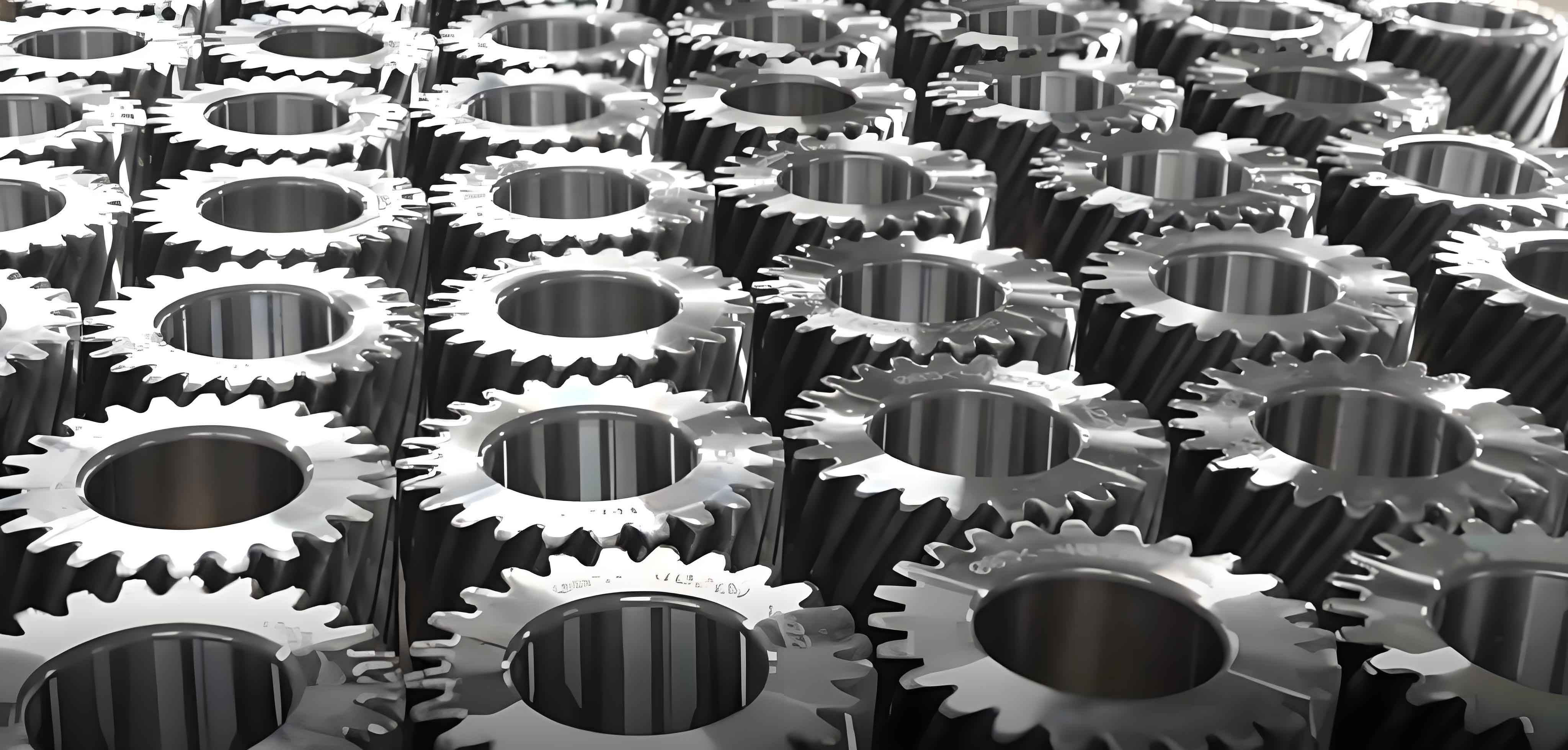This paper delves into the comprehensive study of helical and cylindrical gears, encompassing their diverse properties, applications, and intricate manufacturing processes. By conducting an in-depth analysis, the research aims to furnish valuable insights into the performance optimization and reliability of these gears within a myriad of mechanical systems.
Introduction
- Introduction to the fundamental role of gears in power transmission and mechanical systems
- Overview of the distinct characteristics and types of helical and cylindrical gears
- Significance of studying these gears in improving the efficiency and performance of mechanical devices
Properties of Helical Gears
- Detailed Tooth Geometry and Design Features
- Exploration of the unique tooth shape and arrangement in helical gears
- Comparison with the tooth geometry of cylindrical gears
- Influence of helix angle on gear performance
- Advantages and Disadvantages in Comparison to Cylindrical Gears
- Highlighted benefits such as smoother operation, reduced noise, and higher load-carrying capacity
- Discussion of potential drawbacks like increased manufacturing complexity and axial forces
- Meshing Characteristics and Contact Patterns
- Analysis of the meshing process and contact patterns between helical gear teeth
- Effects of meshing geometry on load distribution and contact stress
- Stress Distribution and Load-Carrying Capacity
- Investigation of stress distribution across the tooth surface and within the gear body
- Calculation methods and factors affecting the load-carrying capacity of helical gears
Properties of Cylindrical Gears
- Tooth Profile Variations and Types (including Spur Gears, Helical Gears, and Others)
- Detailed examination of different tooth profiles in cylindrical gears
- Comparison of their performance characteristics and applications
- Applications and Suitability in Different Systems
- Discussion on the specific applications where cylindrical gears are commonly used
- Factors influencing the choice of cylindrical gears in various mechanical systems
- Manufacturing Methods and Precision Requirements
- Overview of manufacturing techniques for cylindrical gears
- Importance of precision in gear manufacturing and its impact on performance
Manufacturing Processes

- Gear Cutting, Shaping, and Hobbing Techniques
- In-depth description of these manufacturing processes for both helical and cylindrical gears
- Advantages and limitations of each technique
- Heat Treatment and Surface Finishing for Improved Performance
- Exploration of heat treatment methods to enhance the hardness and durability of gears
- Surface finishing techniques to reduce friction and wear
- Quality Control and Inspection Methods
- Discussion on the importance of quality control in gear manufacturing
- Inspection methods to ensure the accuracy and quality of gears
Gear Design Considerations
- Selection of Appropriate Gear Type Based on Requirements
- Guidelines for choosing the right gear type based on factors such as speed, load, and space constraints
- Trade-offs and considerations in gear selection
- Calculation of Gear Parameters for Optimal Performance
- Detailed calculations of gear dimensions, tooth numbers, and module to achieve optimal performance
- Influence of these parameters on gear efficiency and reliability
- Factors Affecting Gear Efficiency and Noise
- Analysis of factors such as friction, lubrication, and tooth profile accuracy that affect gear efficiency
- Strategies to reduce noise generation in gear operation
Performance Analysis
- Experimental and Numerical Studies on Gear Behavior
- Presentation of experimental setups and results to validate gear performance
- Use of numerical simulations to predict gear behavior under different operating conditions
- Simulation of Meshing and Load Distribution
- Detailed simulation models to analyze the meshing process and load distribution along the tooth contact
- Insights from simulation results for optimizing gear design
- Effects of Misalignment and Tolerances on Gear Performance
- Study of the impact of misalignment and manufacturing tolerances on gear performance
- Methods to compensate for these effects in gear design
Applications in Various Industries
- Automotive Industry
- Role of helical and cylindrical gears in automotive transmissions and drivetrains
- Examples of specific applications and performance requirements
- Aerospace Industry
- Applications in aircraft engines and flight control systems
- Challenges and requirements in the aerospace sector
- Industrial Machinery
- Use in industrial equipment such as pumps, compressors, and manufacturing machinery
- Case studies showcasing the importance of gears in these applications
Advancements and Future Trends
- Recent Developments in Gear Technology
- Highlighting the latest innovations in gear materials, manufacturing techniques, and design methodologies
- Examples of advanced gear systems and their benefits
- Research Directions and Potential Innovations
- Identification of future research areas to further improve the performance and reliability of gears
- Potential innovations in gear design and applications
Conclusion
- Summary of Key Findings and Contributions
- Recapitulation of the main points discussed in the paper
- Emphasis on the significance of the research in advancing the understanding and use of helical and cylindrical gears
- Future Prospects for the Use of Helical and Cylindrical Gears
- Outlook for the future applications and developments of these gears in various industries
- Challenges and opportunities in the field of gear technology
Throughout the article, numerous charts, diagrams, and examples can be included to enhance the understanding of the concepts. Additionally, references to relevant research papers, standards, and industry practices can be provided to support the arguments and findings. This expanded outline should provide a more comprehensive structure for your article, allowing you to delve deeper into the topic of helical and cylindrical gears. Good luck with your writing!
